Revealed: How Gold Coast light rail can be built without losing traffic lanes at Palm Beach
Light rail has been given its biggest green light yet through Palm Beach, with a plan being hatched which may ease the concerns of some in the community.
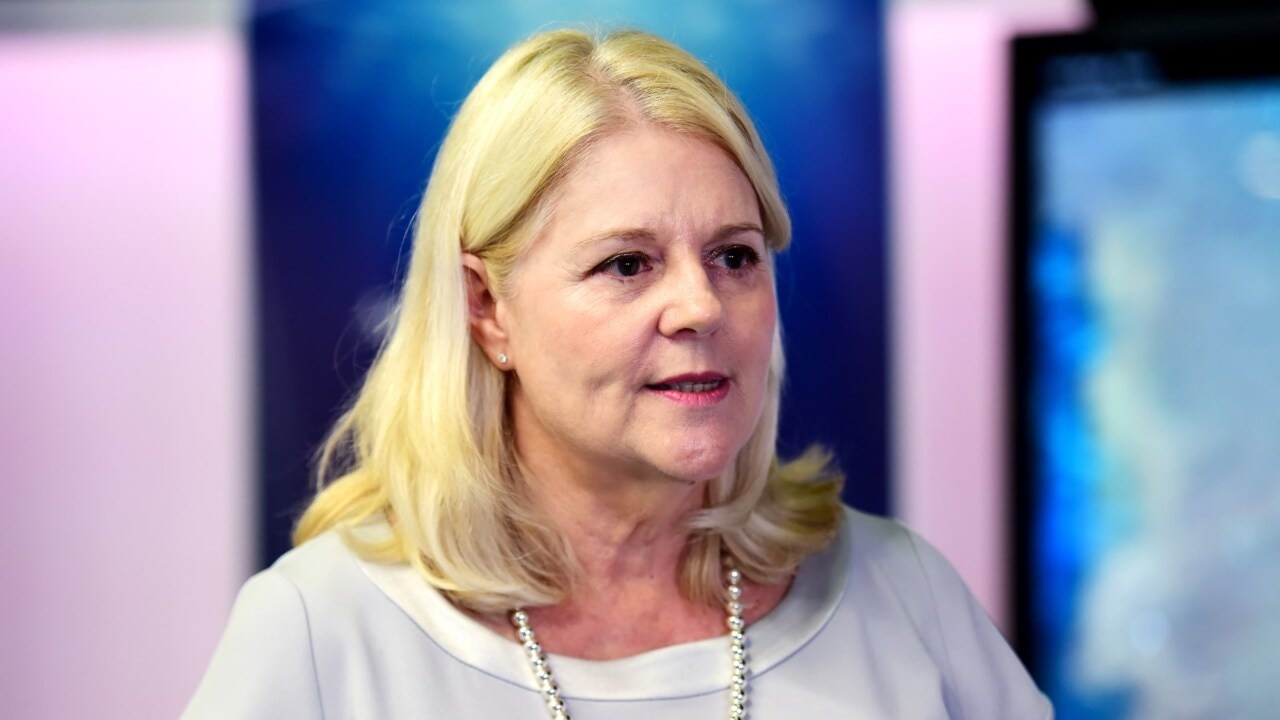
Gold Coast
Don't miss out on the headlines from Gold Coast. Followed categories will be added to My News.
The council and state government are working on a secret plan to ensure four lanes of road and a light rail line fit on the Gold Coast Highway through Palm Beach.
The Bulletin can reveal council planners will work with state government transport experts to prevent traffic being reduced to one lane each way south of the Tallebudgera Creek Bridge.
It’s understood state and council will commit $10-15 million to probing how to pull off trams to the airport without highway lane reduction.
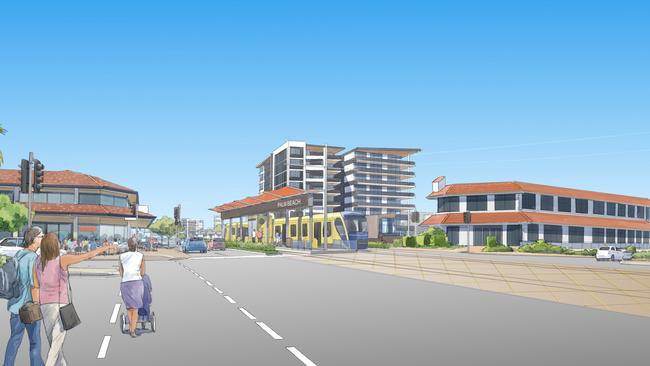
Leaders are interrogating the design after federal minister Karen Andrews last week urged her government not to back the proposed $2.7bn coastal route.
She later told the Bulletin she still supported light rail going to the airport, but said how it got there was the state government’s problem.
The Gold Coast Highway link is considered the most cost effective and efficient route, but residents are concerned about the effects on traffic, business and lifestyle.
Mayor Tom Tate plans to launch his plans for the rethink at next Tuesday’s full council meeting, so that experts can “look at every possible solution to ensure the four vehicle lanes that exist through Palm Beach today remain in place”.
“As a civil engineer, I know that is possible,” he added.
The Bulletin has learned transport department officers have already been directed to investigate how to retain all traffic lanes.
The Mayor and the minister asked McPherson MP Karen Andrews to make clear on whether she supported light rail to the airport, backed by all governments.
“It’s unbelievable as the federal member for McPherson’s commentary over the last 10 days has caused nothing but confusion among voters,” Mr Tate said on Friday.
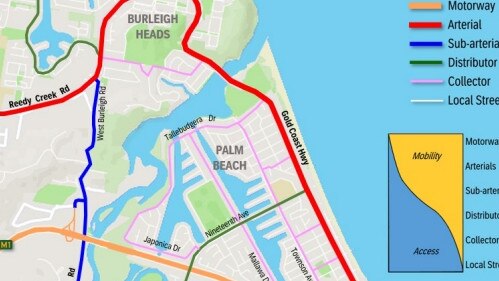
“Today, on the eve of the 2022 federal election, the federal government needs to urgently advise every Gold Coaster if they still support light rail all the way to Coolangatta and the airport.”
Mr Bailey said he had not at any stage indicated he was committed to a single lane of traffic along the Gold Coast Highway, aware that the community wanted four lanes of traffic.
“I look forward to working with Tom Tate and the Gold Coast City Council to get the solution right and maintain four lanes of traffic along the highway, while also delivering light rail stage four along the coastal route,” he said.
Ms Andrews had written an open letter to Palm Beach residents saying she had requested Urban Infrastructure Minister Paul Fletcher to oppose federal funding for the fourth stage of light rail, arguing the route was “not tenable”.
“With this solution now well on the way, Karen Andrews needs to immediately declare her position. Karen Andrews has consistently stated she wants light rail to the airport but, having rejected the highway route, won’t say how it’s going to get there,” Mr Bailey said.
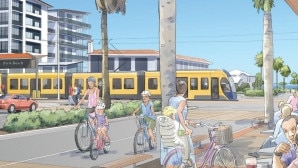
“Karen Andrews has done more backflips than an Olympic diver but now is the time for her to be open with the public about her preferred light rail route.”
Ms Andrews wants the Mayor and the minister to talk to Palm Beach residents.
“It’s good to see the Mayor and State Minister show some degree of flexibility. However, instead of talking to themselves, they need to come and talk to the people of the southern Gold Coast before any further proposals are finalised,” she said.
“I maintain my consistent position that the people of the southern Gold Coast deserve to be heard and any proposal has to be fit for purpose.”
Leading transport experts believe rescoping the light rail corridor to retain four lanes of traffic would be difficult but achievable.
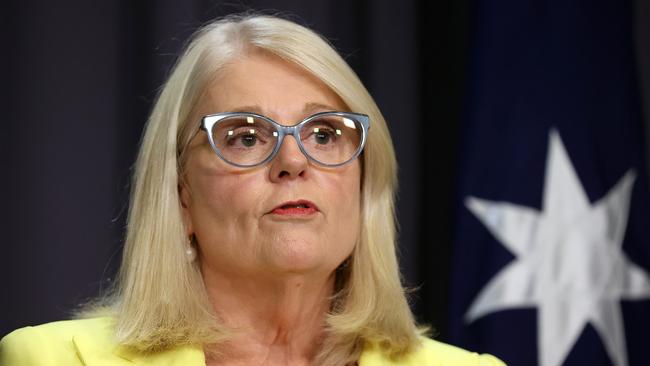
Professor Matthew Burke, the deputy director of Griffith University’s Cities Research Institute, said it could be done through restricting turning lanes or movements, potentially taking some land which would be costly.
“We know the light rail would be a success if it runs north-south and it does not make sense to deviate out of the existing corridor,” he said.
“No transport expert sees any sense in that because it would be expensive, affect patronage and there would be travel delays.
“But if we do not get this done, then 20 years from now the next generation of leaders will be wishing it had been done.”
Daniel O’Hare, associate professor of urban planning at Bond University, said the impasse over the route was a “great pity” but he viewed a proposed rescoping of the Palm Beach section could have long-term positives for the area.
“It would perhaps open the door to a good outcome in a way because Palm Beach has a great opportunity to be a far more appealing centre with the light rail going through it,” he said.
“Beyond the roadway and property frontage, there is great scope to have redevelopment on the lands adjoining the highway to create wider pedestrian paths.”
More Coverage
Originally published as Revealed: How Gold Coast light rail can be built without losing traffic lanes at Palm Beach



